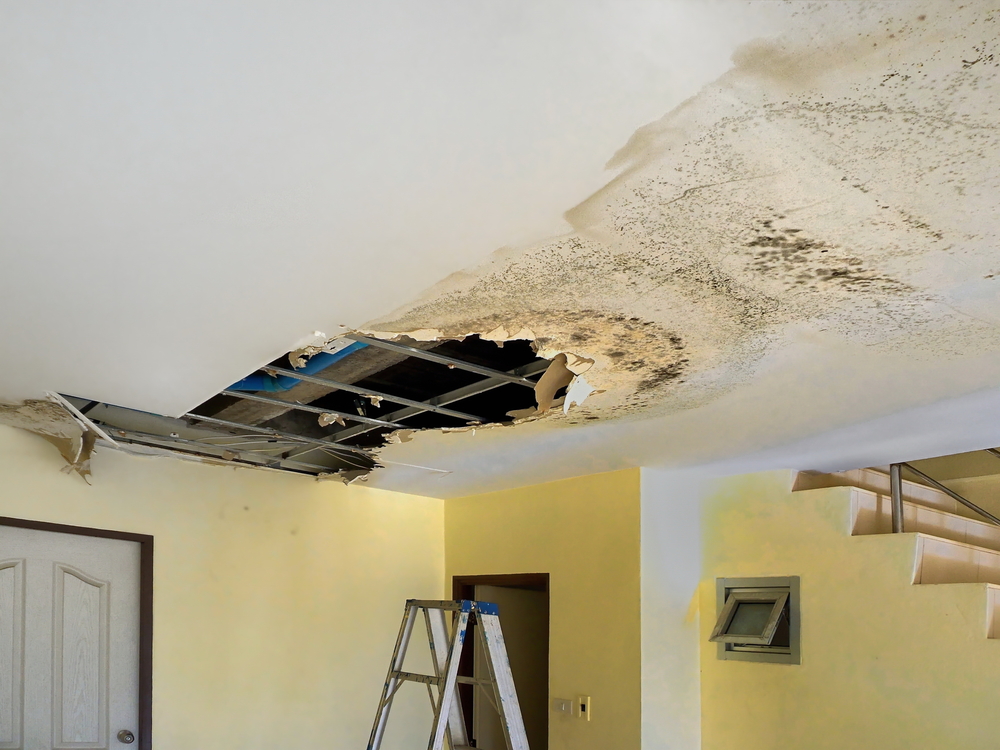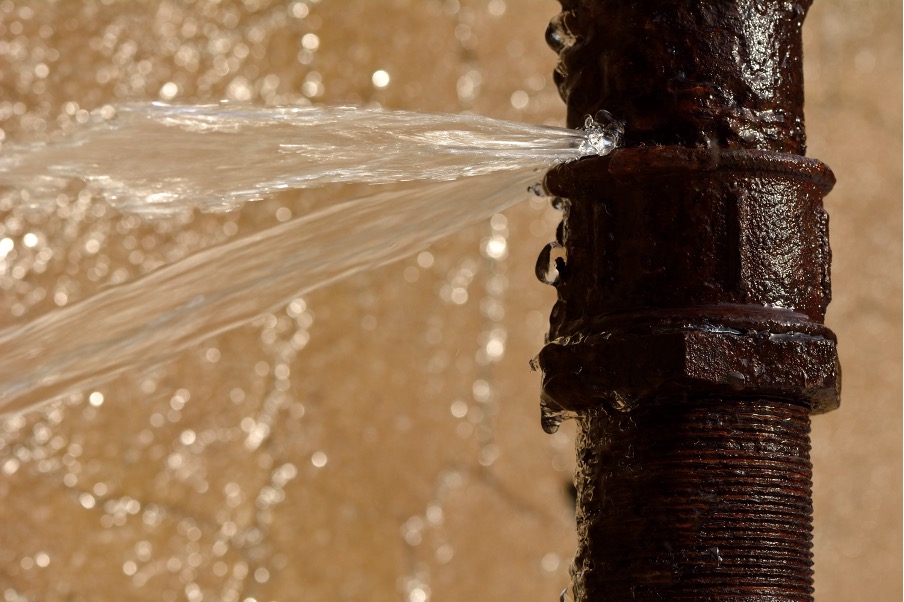They are making a number of great pointers on Finding hidden leaks overall in this post down below.

Early detection of leaking water lines can reduce a potential disaster. Some tiny water leakages may not be visible.
1. Check Out the Water Meter
Every home has a water meter. Inspecting it is a surefire manner in which aids you uncover leakages. For starters, turn off all the water resources. Guarantee no person will certainly flush, utilize the tap, shower, run the washing device or dish washer. From there, go to the meter as well as watch if it will alter. Since no one is using it, there should be no movements. If it relocates, that suggests a fast-moving leakage. If you identify no modifications, wait a hr or two and also inspect back once more. This means you may have a slow-moving leakage that might even be below ground.
2. Examine Water Consumption
Examine your water bills and track your water consumption. As the one paying it, you ought to notice if there are any discrepancies. If you find sudden changes, in spite of your intake being the same, it suggests that you have leaks in your plumbing system. Bear in mind, your water expense ought to drop under the very same range monthly. An abrupt spike in your bill indicates a fast-moving leakage.
A steady increase every month, even with the very same routines, reveals you have a slow leakage that's additionally slowly rising. Call a plumber to extensively check your residential property, particularly if you really feel a warm area on your floor with piping below.
3. Do a Food Coloring Test
30% comes from bathrooms when it comes to water consumption. Test to see if they are running appropriately. Drop flecks of food color in the container and also wait 10 mins. If the color in some way infiltrates your dish throughout that time without flushing, there's a leakage between the tank and also bowl.
4. Asses Exterior Lines
Don't fail to remember to inspect your outside water lines as well. Should water leak out of the link, you have a loose rubber gasket. One tiny leak can squander heaps of water and surge your water bill.
5. Inspect as well as Examine the Scenario
Homeowners need to make it a practice to examine under the sink counters and even inside cupboards for any kind of bad odor or mold growth. These 2 warnings suggest a leak so timely focus is required. Doing regular inspections, also bi-annually, can conserve you from a significant problem.
Much more notably, if you know your home is currently old, maintain a watchful eye on your heating units, pipes, pipes and so on. Check for discolorations as well as weakening as the majority of pipes and also devices have a life span. They will also normally deteriorate due to tear and also wear. If you presume leaking water lines in your plumbing system, do not wait for it to intensify. Call a specialist plumber right now so you don't end up with a terrible mess in your house.
Early discovery of leaking water lines can mitigate a potential disaster. Some small water leakages might not be visible. Checking it is a guaranteed way that assists you discover leaks. One small leakage can throw away tons of water as well as increase your water expense.
If you believe leaking water lines in your plumbing system, do not wait for it to rise.
How to Know If Your Home Has a Hidden Leak
Water Meter Reveals Inexplicable Water Usage
If you’d like to test whether or not there’s a leak somewhere in your home, you can do this using your water meter. Here is how to conduct the test:
Don’t use any water in your home for at least 30 minutes; this also means not turning on faucets or water-using appliances.
Go outside, and check your water meter for activity.
If your water meter shows that there was activity, even though no one was using any water, this proves that there is a leak in your home.Visible Mold or Mildew Growth
Leaks behind walls create moist, dark environments that allow mold and mildew to grow and thrive. Eventually, you might see mold growth forming on the wall closest to a hidden leak.
If mold is growing in an area that receives a high amount of moisture, such as a bathroom, it may simply be an indication that better ventilation is needed. However, if you see mold growth on a wall or the ceiling in an area where you would not expect, you probably have a hidden leak.
Musty, Mildew Odor
Sometimes you might not be able to see the mold or mildew that is growing as a result of a leak. However, the smell can give the problem away just as easily. If you catch a whiff of something musty, there’s a good chance that old water is collecting somewhere in your home that you can’t see.
Stained/Warped Walls, Ceilings, or Floors
When your home soaks up water, a variety of red flags can become visible, including ceiling stains, bubbling drywall, warped walls, and sagging floors. While these issues can be caused by excess humidity, they can also be signs that a pipe or plumbing connection has started leaking behind your walls.
Inexplicably High Water Bill
After a while, you get a general sense for what your water bill should be. If you own a pool or sprinkler system, your bill will tend to be higher during summer. However, if you receive a water bill that seems especially high, and you can’t figure out what caused it, then you may have a hidden leak somewhere that’s increasing your bill.
https://www.plumbingjoint.com/blog/2019/july/how-to-know-if-your-home-has-a-hidden-leak/

We had been made aware of that write-up on Finding hidden leaks from someone on another website. Make sure you set aside a second to distribute this page if you liked it. Thanks a bunch for your time. Visit us again soon.